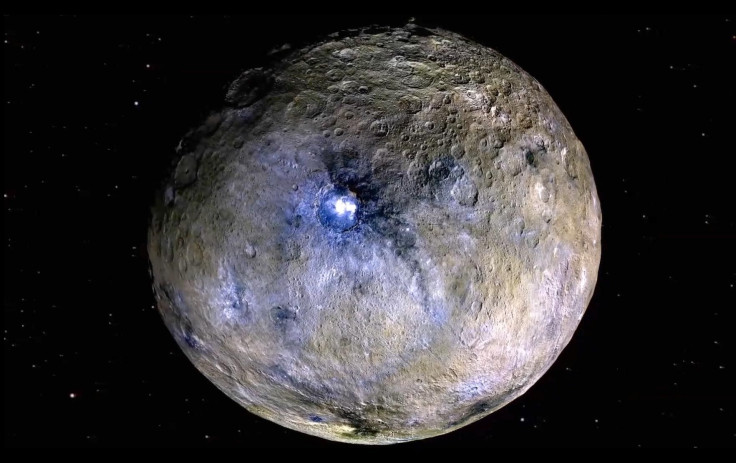Biggest Asteroid Discovered Yet Is 945-Kilometers Wide: Will It Ever Hit Earth?

The biggest asteroid ever discovered is about a quarter of the size of the Moon. Due to its massive size, it can easily cause a global extinction-level event if it hits Earth.
Ceres is known as the largest asteroid ever known. It is also classified as a dwarf planet. It has a diameter of about 945 kilometers, making it over a hundred times larger than the asteroid that wiped out the dinosaurs 66 million years ago.
According to NASA, Ceres is about 413 million kilometers from the Sun and inhabits the asteroid belt region between Mars and Jupiter. Thankfully, this gigantic asteroid is very far from Earth and is not in danger of colliding with the planet.
Although gravitational forces in space can affect the path of asteroids, it would take a huge amount of force to nudge Ceres primarily due to its size. In addition, since it is nowhere near Earth, the planet is still relatively safe even if Ceres’ trajectory slightly changes.
However, if for some reason Ceres gets knocked into a path that’s on a direct collision with Earth, the resulting impact event would certainly spell the end for the entire planet.
Recently, the Discovery Channel released a video of an asteroid impact simulation. It showed what would happen to Earth if it gets hit by an asteroid that has a diameter of 500 kilometers. Although this is still smaller compared to Ceres, the video is still able to show the level of destruction that a cosmic boulder is capable of causing.
As shown in the clip, the asteroid strike sent a blast wave rolling for hundreds of thousands of miles away from the point of impact, incinerating and leveling everything in its path. Eventually, the blast wave would cover Earth’s entire surface.
The event would certainly wipe out every living thing on the planet. Those that manage to survive would then have to deal with a harsh nuclear winter, which would most likely kill them. During this time, sunlight will not be able to reach the Earth’s surface due to the amount of smoke and debris in the atmosphere.
© Copyright IBTimes 2024. All rights reserved.





















